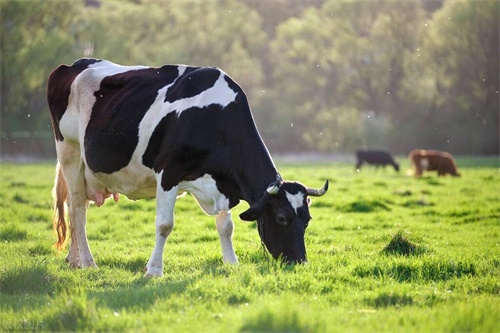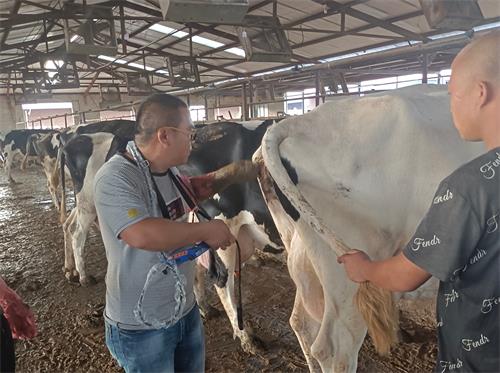A Beginner’s Guide to Understanding Vet Ultrasound Procedures
When it comes to raising healthy livestock like cattle, pigs, horses, sheep, and even camels, early diagnosis and monitoring of animal health is crucial. One of the most powerful tools veterinarians and farm owners have at their disposal today is ultrasound technology. If you’re new to the world of veterinary care, you might wonder: What exactly happens during a veterinary ultrasound? How does it work? And why is it so important for your farm animals?

This beginner’s guide will walk you through the basics of veterinary ultrasound procedures, how they are used in farm management, and what to expect during an ultrasound exam.
Veterinary ultrasound is a non-invasive imaging technique that uses high-frequency sound waves to create real-time images of an animal’s internal structures. Unlike X-rays, which are better at viewing bones, ultrasound excels at showing soft tissues like muscles, tendons, blood vessels, and organs.
In farm animal practice, ultrasound is widely used for reproductive management, injury diagnosis, and health monitoring. Whether you are checking a cow for pregnancy, evaluating a horse’s tendon injury, or examining a pig’s abdominal organs, ultrasound provides clear and immediate insights.
How Does Veterinary Ultrasound Work?
The main component of an ultrasound machine is the transducer, also called a probe. The transducer emits sound waves that penetrate the animal’s body. These waves bounce back when they hit different tissues, creating an image that appears instantly on the machine’s screen.
Depending on the depth and area being examined, veterinarians use different types of probes:
-
Linear probes: Ideal for shallow structures like tendons or superficial organs.
-
Convex probes: Used for deeper structures like the liver, uterus, or kidneys.
-
Rectal probes: Specifically designed for internal reproductive exams, particularly in cattle and horses.
An ultrasound gel is applied to the animal’s skin to ensure good contact between the probe and the body, which helps transmit the sound waves effectively.
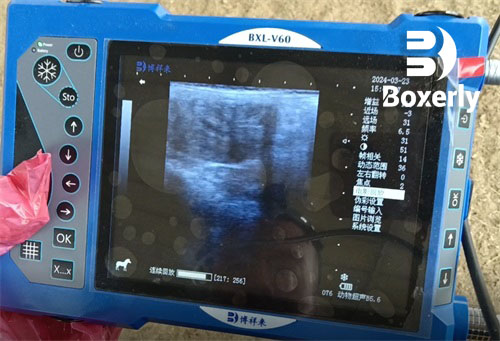
Common Applications of Ultrasound on Farms
Ultrasound is incredibly versatile in large animal veterinary care. Here are some of the most common uses:
1. Pregnancy Diagnosis
Early pregnancy detection is vital in livestock management. Using a rectal ultrasound, veterinarians can confirm pregnancy in cattle, sheep, goats, and even camels as early as 28 days post-breeding. In swine, transabdominal ultrasound is often used after about 21–25 days.
By knowing the pregnancy status early, farmers can make better decisions regarding nutrition, housing, and breeding management.
2. Monitoring Fetal Development
Beyond simple pregnancy checks, ultrasound allows vets to monitor fetal viability, detect twins, and identify potential complications like uterine infections or abnormal fetal positions. This proactive approach often saves both the mother and offspring.
3. Injury Diagnosis
In working animals like horses, tendons and ligaments are particularly prone to injury. Ultrasound provides a detailed view of soft tissue damage that cannot be seen on X-rays. Early detection of problems such as tendonitis or ligament tears ensures timely treatment and better recovery outcomes.
4. Organ Health Assessments
Veterinary ultrasound can detect issues like liver abscesses in cattle, urinary stones in goats, or gastrointestinal blockages in pigs. Early identification of internal problems can prevent severe illness and reduce treatment costs.
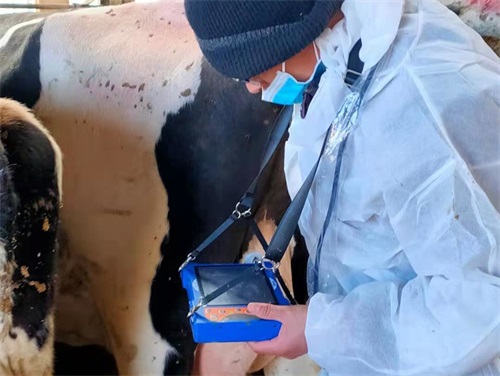
What to Expect During a Veterinary Ultrasound
If you’ve scheduled an ultrasound for one of your animals, here’s what typically happens:
-
Preparation: Depending on the area being scanned, the veterinarian may need to clip hair to allow better probe contact. The skin is cleaned, and ultrasound gel is applied.
-
Restraint: Gentle restraint ensures the animal stays still. For large animals like horses and cattle, physical restraint in a chute or stocks is common. Sedation is rarely needed.
-
Scanning: The vet moves the probe across the area of interest, watching the real-time images on the screen. They may capture still images or video clips for records.
-
Interpretation: Often, the veterinarian can give you immediate feedback based on what they see. In complex cases, the images might be reviewed later by a specialist.
Most ultrasound exams are quick — often 15 to 30 minutes — and are completely painless for the animal.
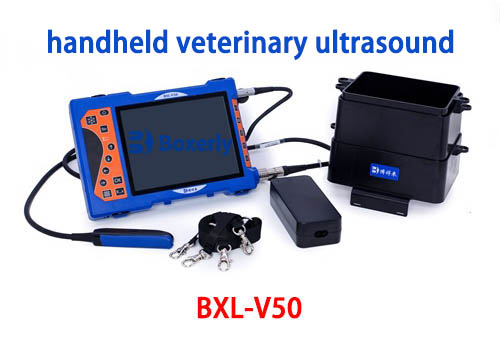
Advantages of Veterinary Ultrasound
There are many reasons ultrasound is favored in modern veterinary practice:
-
Non-invasive: No need for surgery or harmful radiation.
-
Immediate results: Real-time imaging allows for instant diagnosis.
-
Safe and painless: Causes no harm or discomfort to the animal.
-
Cost-effective: Compared to exploratory surgery, ultrasound is far more affordable.
-
Portable technology: Modern veterinary ultrasound machines are lightweight and can be used directly in the barn or pasture.
Tips for Farmers Using Veterinary Ultrasound
If you’re managing a large farm, you might consider having your own ultrasound unit, especially for reproductive work. Here are some tips:
-
Get trained: Attend training courses on livestock ultrasound scanning. It’s not as simple as it looks!
-
Choose the right machine: Buy a portable veterinary ultrasound specifically designed for large animals. Brands like Mindray, Draminski, and SonoScape are popular choices.
-
Routine checks: Make ultrasound a regular part of your herd health plan, not just a tool for when there’s a problem.
-
Work with your vet: Even if you have your own equipment, always collaborate with a licensed veterinarian for complex cases.

Conclusion
Veterinary ultrasound has revolutionized animal health management on farms. Whether you’re breeding cattle, raising pigs, training horses, or managing a mixed herd, understanding how ultrasound works and when to use it can significantly boost the productivity and welfare of your animals.
By integrating ultrasound procedures into your regular farm operations, you’ll be able to catch issues earlier, make better breeding decisions, and ensure that your livestock stay healthy and thriving. In the long run, this not only improves animal welfare but also increases your farm’s profitability and sustainability.

